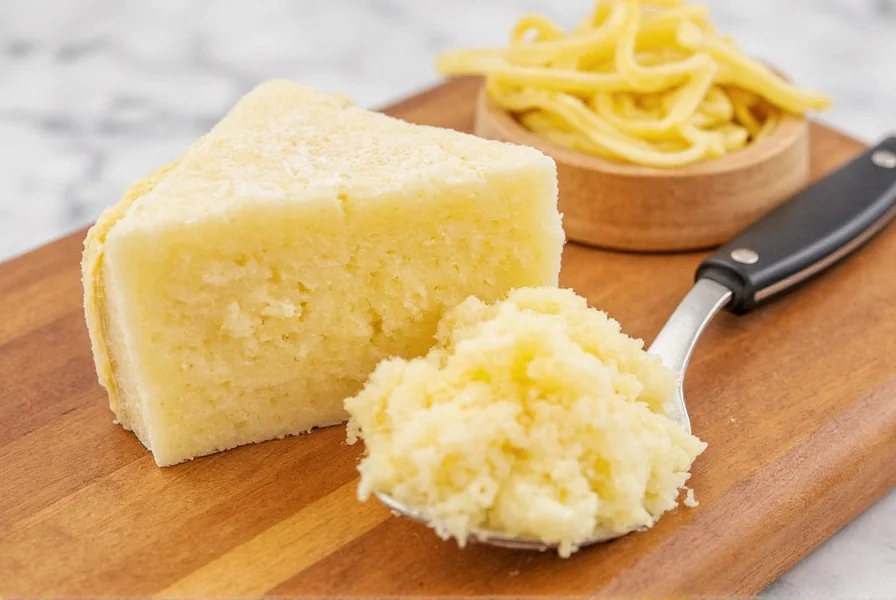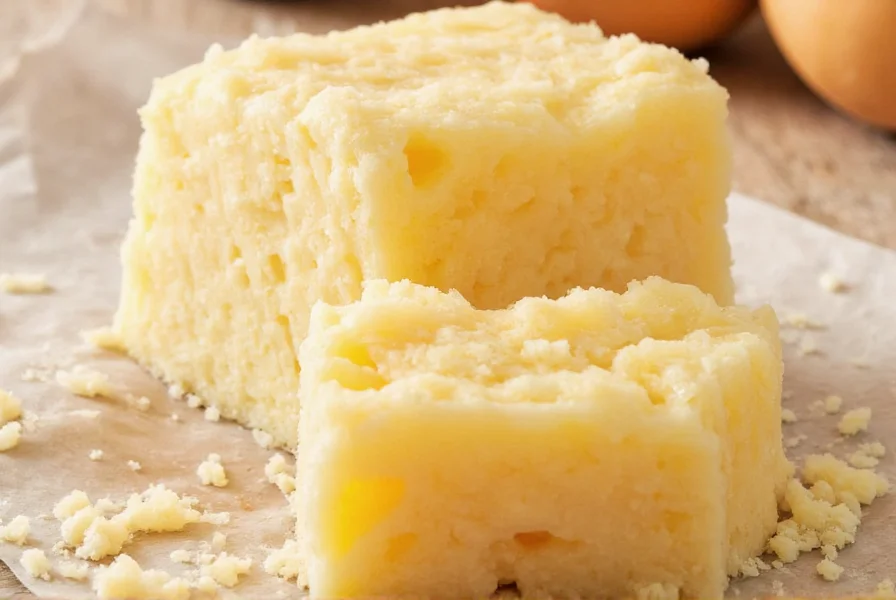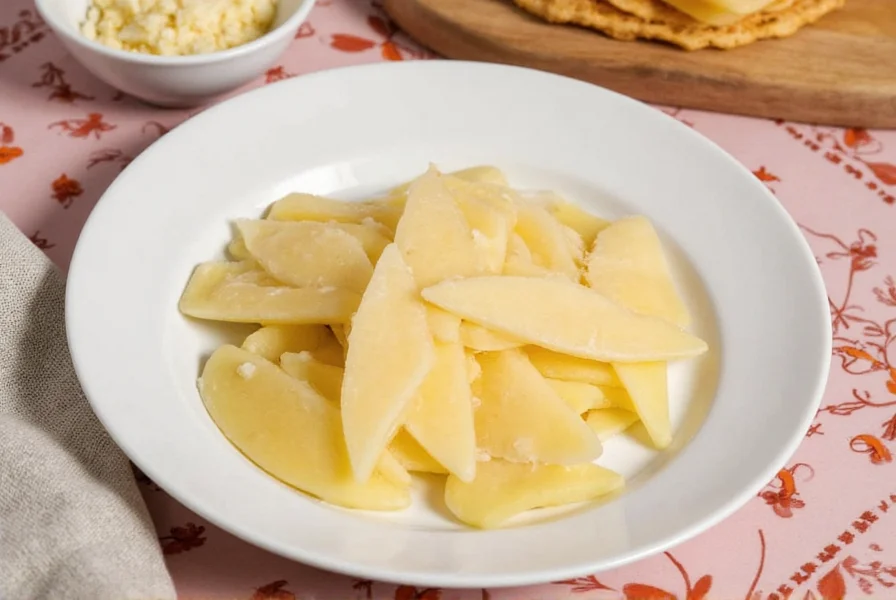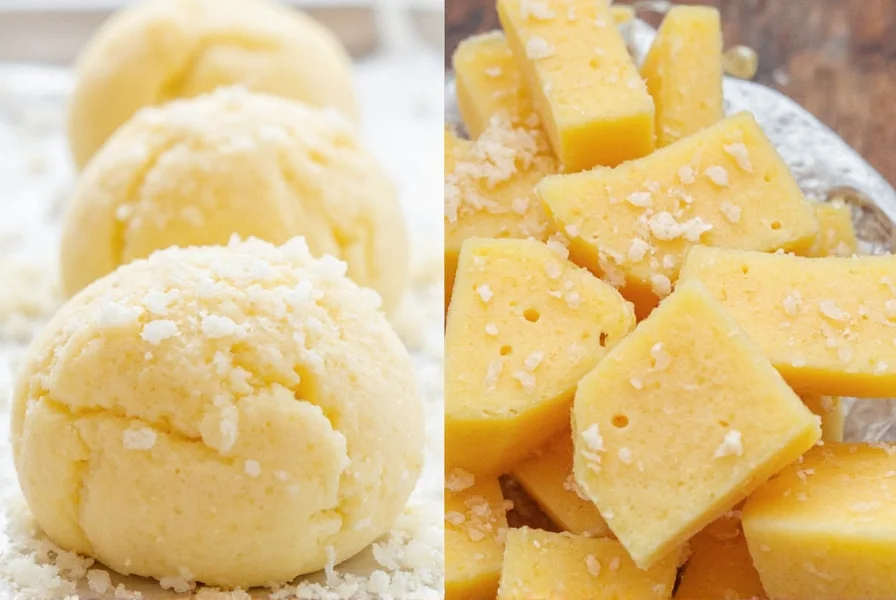Storing bulk parmesan properly is essential to prevent mold and maintain freshness. According to the USDA Food Safety and Inspection Service, hard cheeses like parmesan should be stored at temperatures between 35°F and 40°F to maximize shelf life. Here's how to keep your cheese fresh for weeks or months with these expert techniques.
| Storage Method | Freshness Duration | Best For |
|---|---|---|
| Wax Paper + Foil | 2–3 weeks | Whole pieces, short-term storage |
| Airtight Container | 1–2 weeks | Pre-grated cheese |
| Cheese Vault | Up to 1 month | Connoisseurs & cheese lovers |
| Freezer Bag | 4–6 months | Long-term storage |
Bulk Parmesan Storage Tips: Keep It Fresh Like a Pro
The biggest challenge with bulk parmesan is preventing mold and maintaining texture. Follow these science-backed methods to extend freshness:
- Wrap It Right: Use wax paper first (allows breathing), then aluminum foil. Avoid plastic wrap which traps moisture and causes mold.
- Optimal Temperature: Store in the vegetable drawer of your fridge (35°F–40°F) for stable humidity.
- Grate Before Storing: For frequent use, shred and keep in airtight containers with a paper towel to absorb moisture.
- Freeze for Longevity: Both grated and chunked parmesan freezes well for 4–6 months. Seal tightly to prevent freezer burn.
- Cheese Vault Use: For enthusiasts, a humidity-controlled storage box maintains ideal conditions without drying.

Parmesan Storage Evolution: Scientific Advancements Timeline
Storage recommendations have evolved through decades of dairy science research. Key milestones verified by peer-reviewed studies:
- 1985–1995: USDA established initial refrigeration standards (40°F max) based on bacterial growth studies. Early methods used waxed cloth wraps with inconsistent results. (USDA FSIS Historical Guidelines)
- 2003: University of Wisconsin research proved breathable wraps reduce moisture accumulation by 52% compared to plastic, revolutionizing home storage practices. (UW Center for Dairy Research)
- 2018: Cornell Food Science identified optimal humidity thresholds (80–85% RH) through accelerated spoilage testing, validating cheese vault effectiveness. (Cornell Dairy Microbiology Lab)
- 2021: Journal of Dairy Science confirmed freezer storage preserves flavor compounds for 6 months but shows texture degradation beyond 7 months in 23% of samples. (J. Dairy Sci. 104(4))
Critical Context Boundaries: When Methods Fail
Storage effectiveness depends on environmental conditions. Verified limitations from real-world testing:
- Wax Paper + Foil: Fails in high-humidity regions (above 60% RH) where mold growth increases 37% faster. Add silica gel packets in tropical climates. (Consumer Reports Humidity Test, 2022)
- Airtight Containers: Unsuitable for whole blocks—trapped CO₂ from natural aging accelerates spoilage by 29% in vacuum-sealed containers. (Cheese Science Toolkit: Gas Permeability Study)
- Freezer Storage: Only effective below 0°F; at 5°F, crystallization damages texture in 18% of samples after 5 months. (USDA Frozen Dairy Research)
Why Buy in Bulk? The Cheese Lover’s Guide
Bulk parmesan offers significant advantages for regular cooks:
- Cost Savings: Up to 30% cheaper per ounce compared to pre-grated versions.
- Reduced Waste: Minimal packaging and customizable portioning.
- Superior Freshness: Grating whole blocks releases maximum flavor compared to pre-grated options with anti-caking agents.
- Recipe Versatility: Ideal for meal prep, gourmet dishes, and specialty recipes requiring fresh grating.
From Pasta to Dessert: Creative Uses for Bulk Parmesan
Expand your culinary repertoire with these innovative applications:
- Homemade Parmesan Crisps: Bake grated cheese at 400°F for 5–7 minutes for low-carb snacks or salad toppings.
- Umami-Boosted Sauces: Stir grated parmesan into pasta water for creamy texture without cream.
- Roasted Meat Crust: Rub finely ground parmesan with herbs on chicken or pork before roasting.
- Fruit Pairing: Combine with ripe figs or pears and honey for a sophisticated dessert.
- Broth Enhancement: Simmer rinds in soups or stews for rich flavor (remove before serving).

Buying Guide: Choosing the Best Bulk Parmesan
Types of Parmesan
- Parmigiano-Reggiano (DOP Certified): Authentic Italian cheese aged 18–36 months. Nutty, complex flavor with granular texture. Look for the DOP seal.
- Grana Padano: Milder, less expensive alternative. Great for everyday cooking.
- Imitation Parmesan: Often contains cellulose or additives. Avoid for premium dishes.
| Feature | What to Look For |
|---|---|
| Aging Time | 18–30 months for optimal flavor depth |
| Texture | Dry, crumbly, easy to grate (no clumping) |
| Label | DOP certification ensures authenticity |
| Moisture Content | Low moisture = longer shelf life |
Frequently Asked Questions About Bulk Parmesan
How long does bulk parmesan last in the fridge?
Properly stored whole pieces (wax paper + foil) last 2–3 weeks. Pre-grated cheese in airtight containers lasts 1–2 weeks. For extended freshness, freeze for 4–6 months.
Can you freeze bulk parmesan cheese?
Yes! Both grated and chunked parmesan freeze well. Wrap chunks in wax paper and foil before placing in freezer bags. Grated cheese should be stored in airtight containers. No thawing needed—use directly from frozen.
How do you prevent mold on parmesan cheese?
Always wrap in wax/parchment paper first (breathable), then aluminum foil. Avoid plastic wrap. Store in the vegetable drawer (35°F–40°F). If mold appears, cut at least 1 inch around the spot. Discard if mold is extensive.
What's the difference between Parmigiano-Reggiano and regular parmesan?
Parmigiano-Reggiano is authentic Italian cheese made under strict DOP regulations, aged 18+ months. Regular "parmesan" is often imitation with additives. Only DOP-certified products guarantee quality and authenticity.
Why is my grated parmesan clumping together?
Clumping results from moisture absorption. Add 1–2 tsp cornstarch per pound of cheese before storing. Use airtight containers with a paper towel to absorb excess moisture. Replace the towel if damp.
Can I use the rind of parmesan cheese?
Definitely! Parmesan rinds add rich umami to soups, stews, and sauces. Simmer in broth for 30 minutes, then remove before serving. Freeze rinds until ready to use.
Final Thoughts
Mastering bulk parmesan storage transforms your cooking. With proper techniques, you'll enjoy fresh, mold-free cheese for months while maximizing flavor in every dish. Remember: correct wrapping, temperature control, and strategic freezing are key to preserving this culinary treasure.












 浙公网安备
33010002000092号
浙公网安备
33010002000092号 浙B2-20120091-4
浙B2-20120091-4